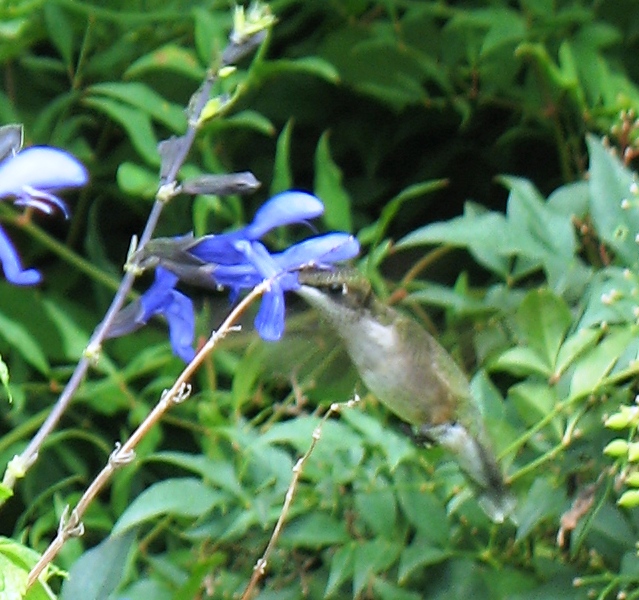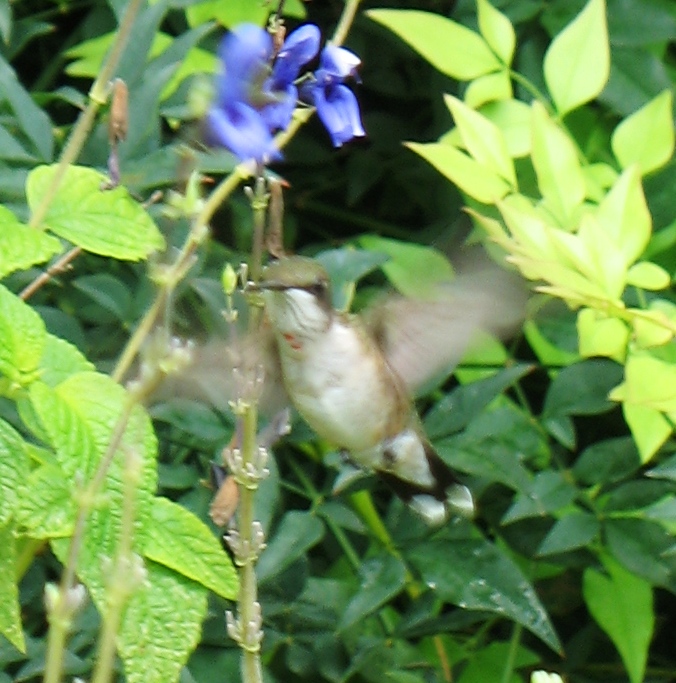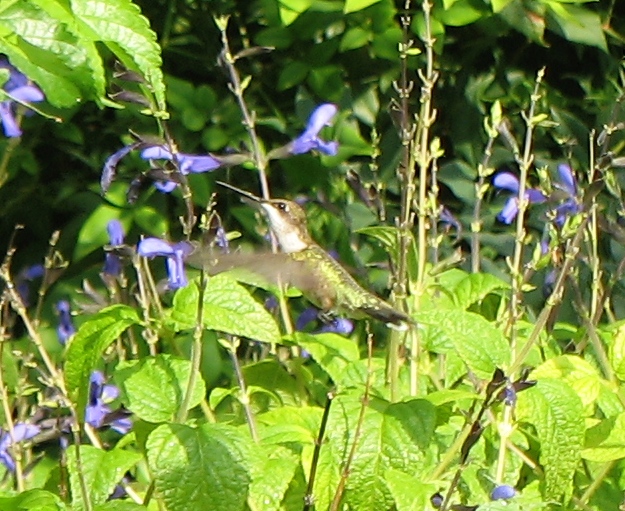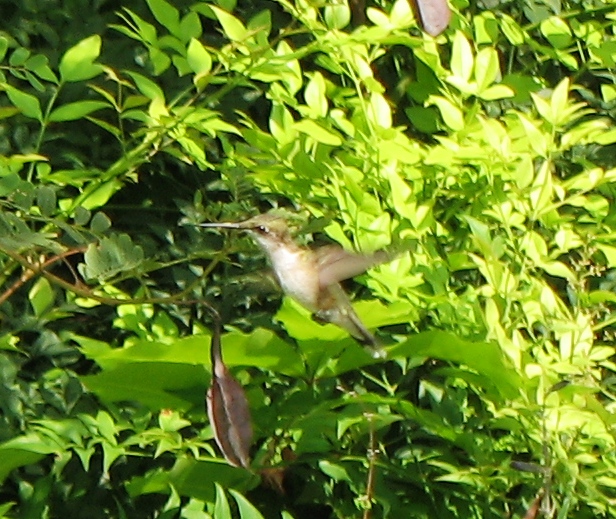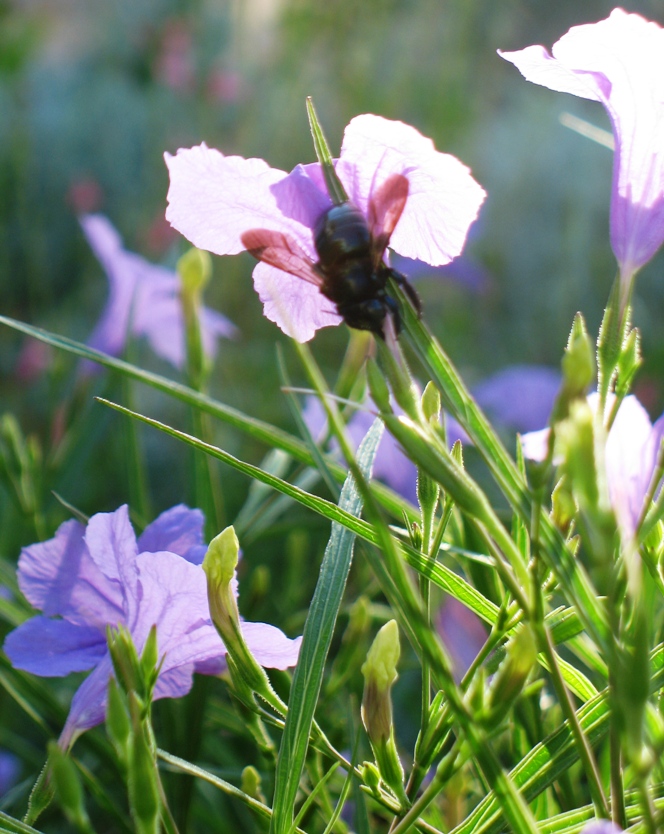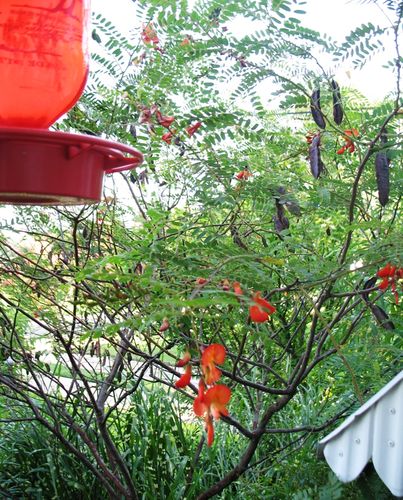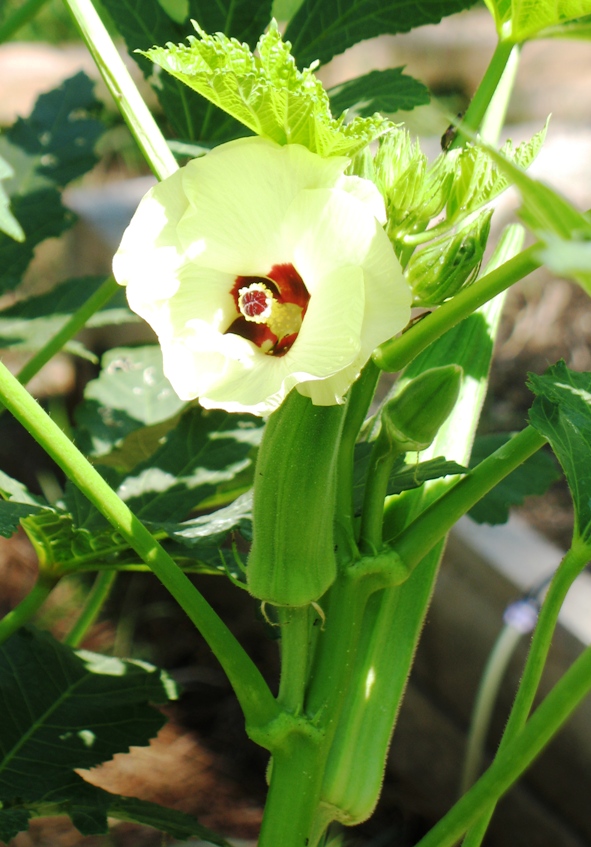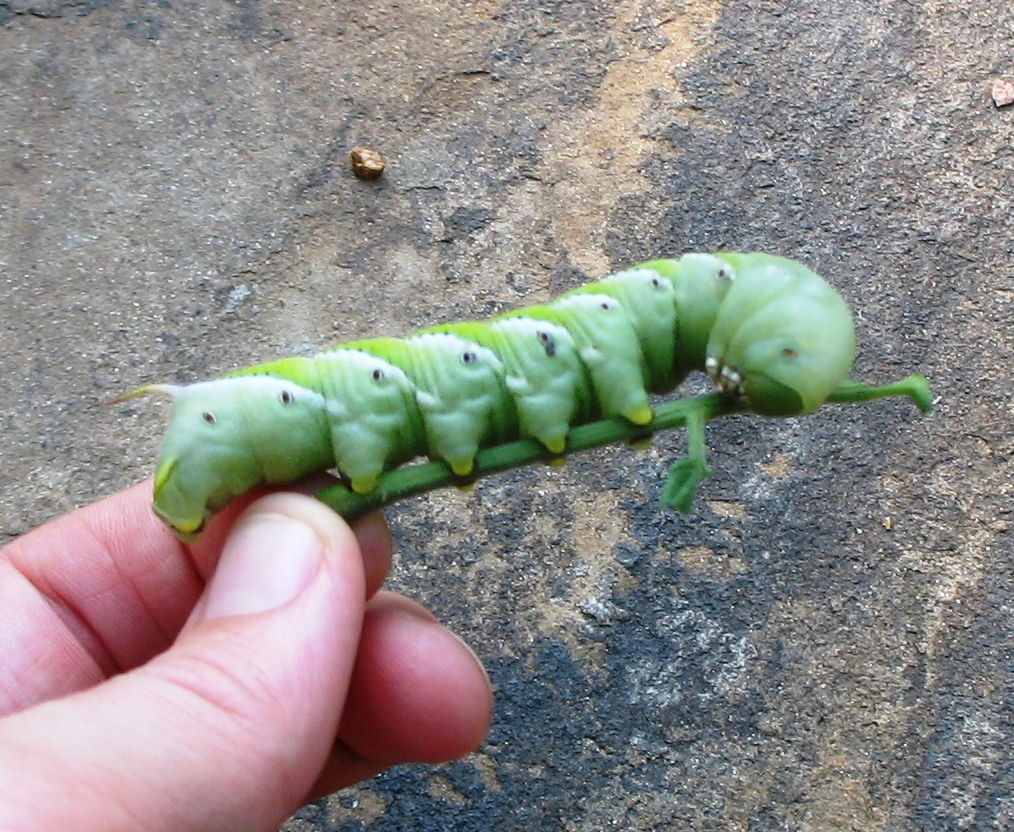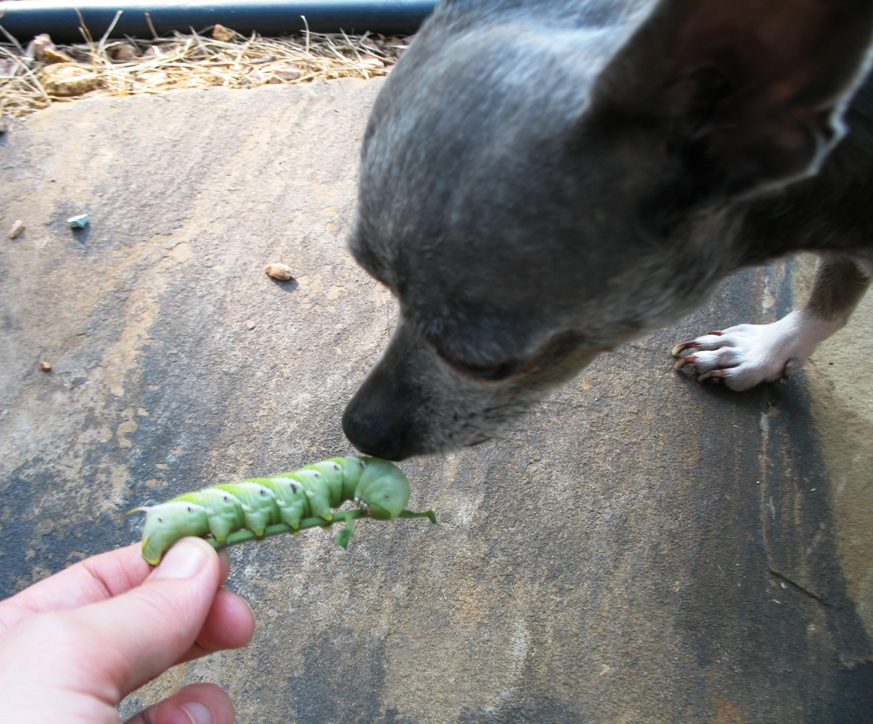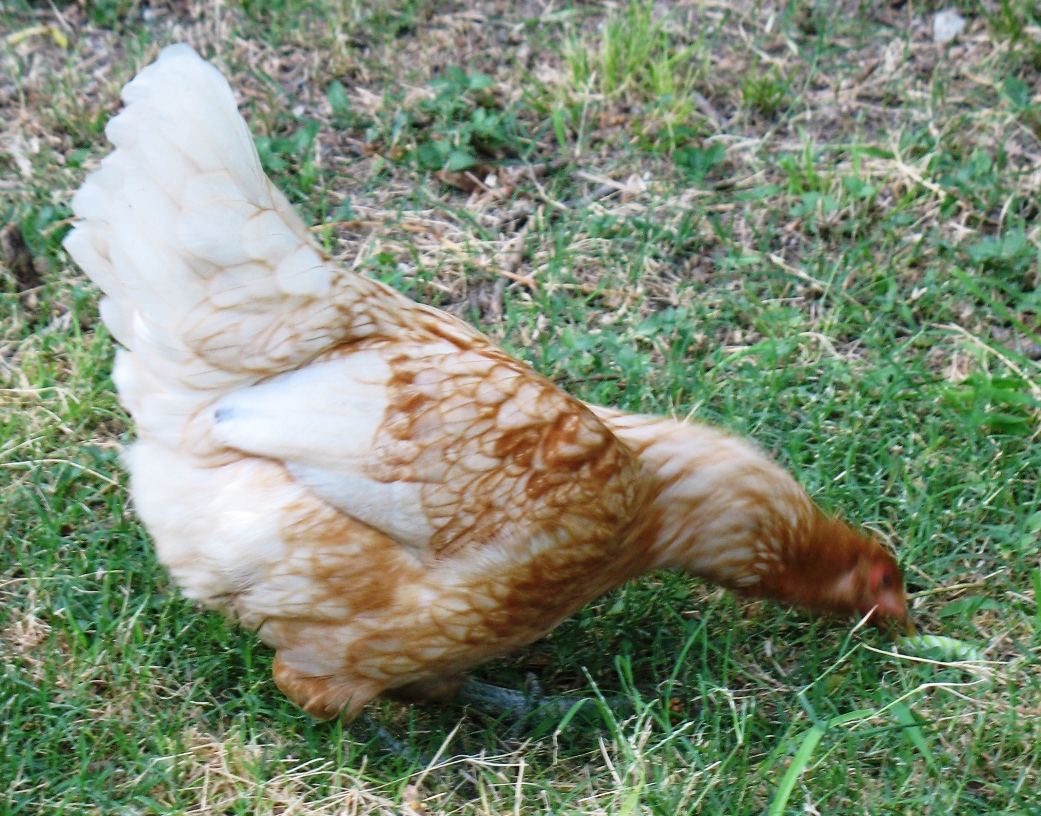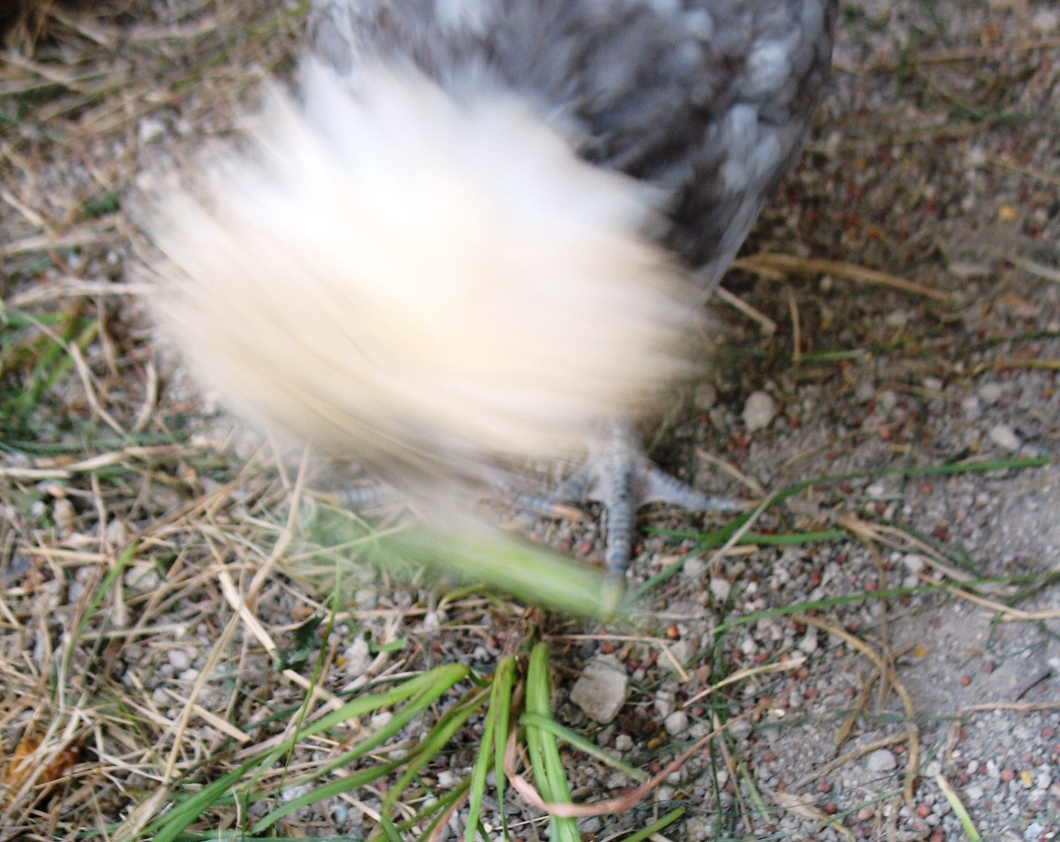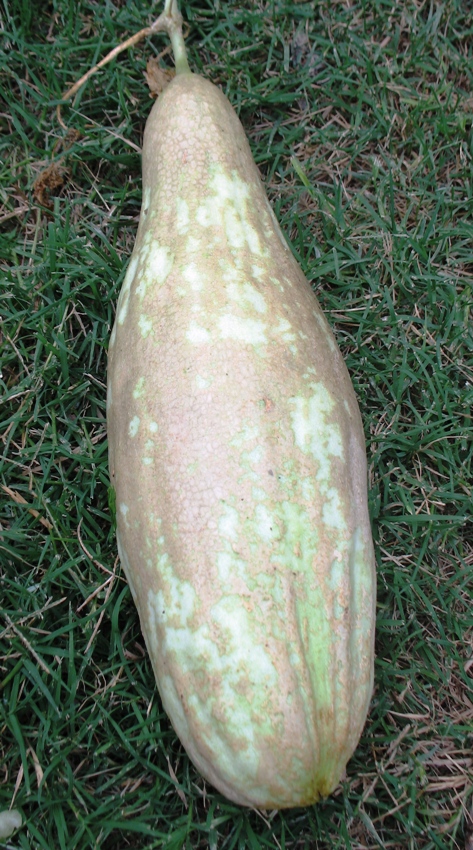Aggie Cotton in Bloom
August 25, 2009
I'm not an Aggie, but I do love me some Aggie Cotton, Gossypium hirsutum. This great heirloom annual tends to come and go. Folks forget about it for a while and you won't really see it in the nurseries for a few years, then it shows back up again in small quantities. Just like all that bad 80's fashion we're seeing right now! Well, except that's really, really bad...Aggie cotton happens to be very, very pretty.

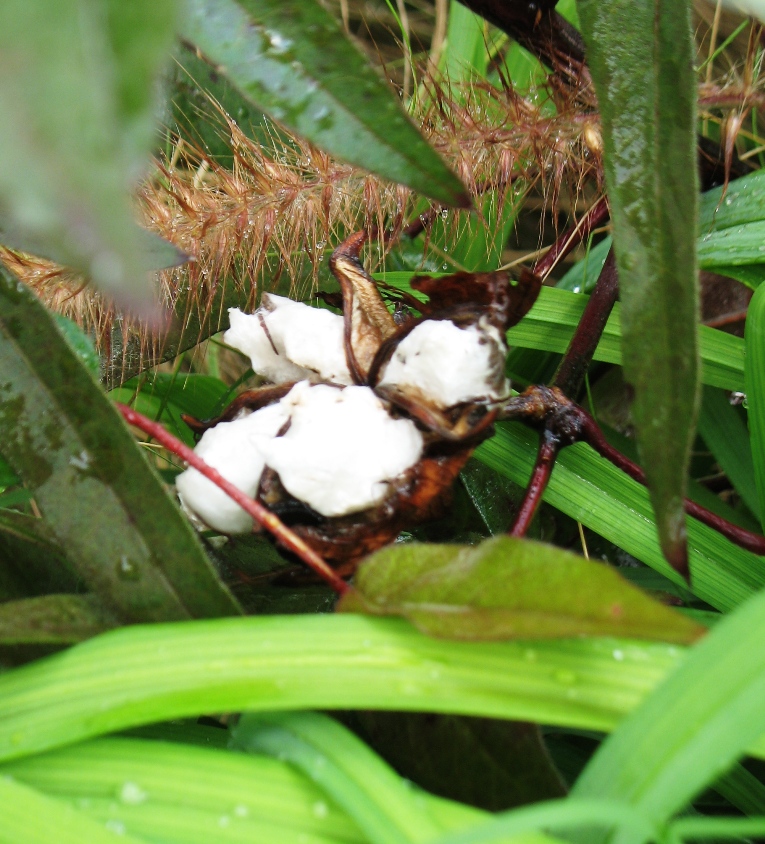
The flowers and foliage are reminiscent of a burgundy leafed hardy hibiscus with lovely pink and cream flowers. The flowers are followed by small cotton bolls that add interest and texture to the garden. The burgundy foliage gives you some really nice foliage contrast mixed with salvias, ornamental grasses, and other annuals like angelonia and lantana. It's blooming in my garden now and through the fall will reach about three to four feet tall.


